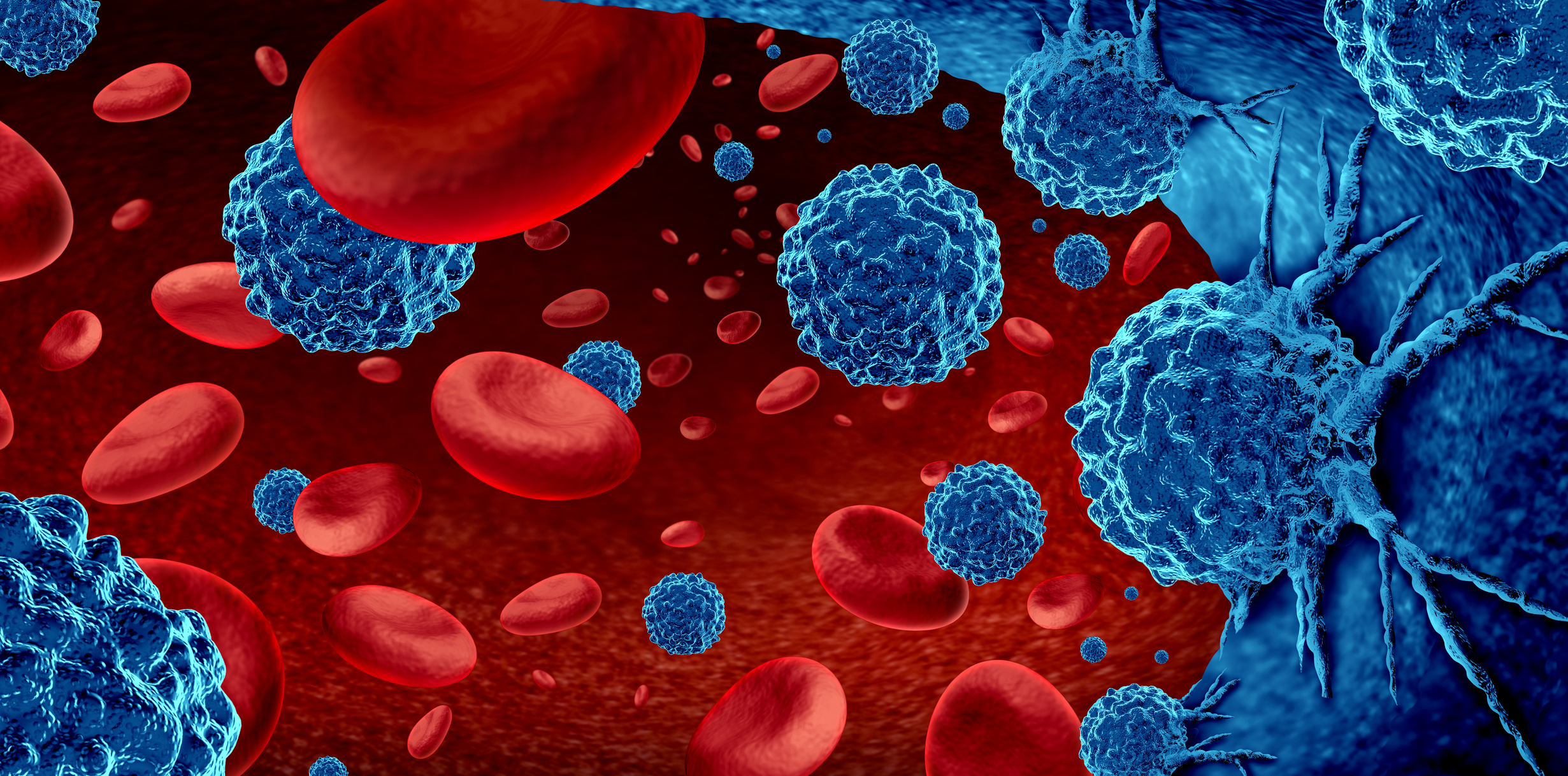Patients who develop therapy-related myeloid neoplasm, either myelodysplastic syndrome (t-MDS) or acute myeloid leukemia (t-AML) have a poor prognosis. An earlier CIBMTR analysis of allogeneic hematopoietic cell therapy (allo-HCT) (n=868, 1990-2004) showed 5-year overall survival (OS) and disease-free survival (DFS) of 22% and 21%. Modern supportive care, graft versus host disease (GVHD) prophylaxis and reduced intensity conditioning (RIC) regimens have improved outcomes. Therefore, the Center for International Blood and Marrow Transplant Research (CIBMTR) analyzed 1531 allo-HCT for adults with t-MDS (n = 759) or t-AML (n = 772) performed from 2000 to 2014. Median age was 59 years (18-74) for t-MDS and 52 years (18-77) for t-AML. 24% of patient with t-MDS and 11% of patients with t-AML and had a prior autologous transplant. A myeloablative regimen was used in 49% of patients with t-MDS and 61% of patients with t-AML. Non-relapse mortality (NRM) at five years was 34% (95% confidence interval (CI) 30-37) and 34% (30-37) for t-MDS and t-AML, respectively. Relapse rates at five years were 46% (43-50) and 43% (40-47), respectively. 5-year OS and DFS was 27% (23-31) and 19% (16-23) for patients with t-MDS and 25% (22-28) and 23% (20-26) for patients with t-AML. In multivariate analysis, OS and DFS were significantly better in young patients with low risk t-MDS and those receiving MAC HCT during first complete remission (CR1) t-AML, but worse for those with prior autologous HCT, higher risk cytogenetics or IPSS-R score and partially matched unrelated donors (URD). Relapse remains the major cause of treatment failure with little improvement over the past two decades. These data indicate caution in recommending allo-HCT in these conditions and more effective anti-neoplastic approaches before and after allo-HCT.
Patients who develop therapy-related myeloid neoplasm, either myelodysplastic syndrome (t-MDS) or acute myeloid leukemia (t-AML) have a poor prognosis. An earlier CIBMTR analysis of allogeneic hematopoietic cell therapy (allo-HCT) (n=868, 1990-2004) showed 5-year overall survival (OS) and disease-free survival (DFS) of 22% and 21%. Modern supportive care, graft versus host disease (GVHD) prophylaxis and reduced intensity conditioning (RIC) regimens have improved outcomes.
The primary objectives are OS and DFS. The secondary objectives are non-relapse mortality (NRM), relapse, GVHD rates and identifying prognostic factors for outcomes after allo-HCT.
The Center for International Blood and Marrow Transplant Research (CIBMTR) analyzed 1531 allo-HCT for adults with t-MDS (n = 759) or t-AML (n = 772) performed from 2000 to 2014. Cumulative incidence function was used to estimate relapse, NRM, acute and chronic GVHD. Kaplan-Meier estimate was used to calculate probabilities of OS and DFS. Cox proportional hazards regression model was used to estimate hazard ratio (HR) of patient / disease / transplant related factors for outcomes of interest.
The median age was 59 years (18-74) for t-MDS and 52 years (18-77) for t-AML. 24% of patient with t-MDS and 11% of patients with t-AML and had a prior autologous transplant. A myeloablative regimen was used in 49% of patients with t-MDS and 61% of patients with t-AML. Non-relapse mortality (NRM) at five years was 34% (95% confidence interval (CI) 30-37) and 34% (30-37) for t-MDS and t-AML, respectively. Relapse rates at five years were 46% (43-50) and 43% (40-47), respectively. 5-year OS and DFS was 27% (23-31) and 19% (16-23) for patients with t-MDS and 25% (22-28) and 23% (20-26) for patients with t-AML. In multivariate analysis, OS and DFS were significantly better in young patients with low risk t-MDS and those receiving MAC HCT during first complete remission (CR1) t-AML, but worse for those with prior autologous HCT, higher risk cytogenetics or IPSS-R score and partially matched unrelated donors (URD).
Relapse remains the major cause of treatment failure with little improvement over the past two decades. These data indicate caution in recommending allo-HCT in these conditions. Through better patient optimization, more effective conditioning and studies of post-HCT interventions, outcomes for patients with t-MDS and t-AML may improve.
Copyright © 2021. Published by Elsevier Inc.
Allogeneic Transplantation to Treat Therapy Related MDS and AML in Adults.


